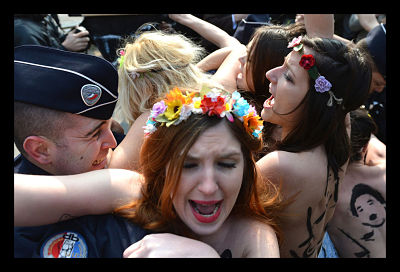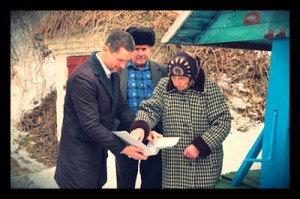
Following new legislation that outlawed the right of protest in Ukraine, people have taken to the streets in a display of anger and violence. The situation seems to have gotten out of hand for Ukrainian police and officials, as they are unable to peacefully control the protests. Resorting to brute force to hinder the people, the international community is beginning to call the situation a human rights violation for the people of Ukraine.
International leaders such as United States Vice President Joe Biden are stepping in to urge Ukrainian Prime Minister Mykola Azarov to resolve the issue peacefully. Biden also went on to state that relations between Ukraine and the U.S. may be hurt as a result of the Ukrainian government’s treatment of the issue. Unfortunately for Azarov, the people are calling for the resignation of Azarov as well as other government leaders.
Opposition and government leaders have met multiple times to try to reach agreements on the issue, but no progress has been made as of yet. After meeting with Ukrainian President Viktor Yanukovych, opposition leader Vitaly Klitschko states that the President disagreed to the demands of resignation for both he and his cabinet members. Nevertheless, Yanukovych is determined to continue negotiation talks to reach a resolution.
Recently, news sources in Ukraine reported Yanukovych “has promised a government reshuffle, an amnesty to detained activists and other concessions, after protests against his rule engulfed Ukraine.” However, opposition forces have denied Yanukovych’s offers and seek to continue protesting.
In the city of Lviv, hundreds of protestors gained control of regional governor Oleh Salo’s office and forced him to sign off a resignation letter. Opposition movements in various cities across Ukraine have also sought to gain control of regional government offices but have not been as successful.
Although negotiation talks have stalled, what is certain is that opposition forces are not expected to give in quietly to Yanukovych’s offerings. The protesters are calling for early elections to replace their government and until then, protests are expected to continue.
– Jugal Patel



